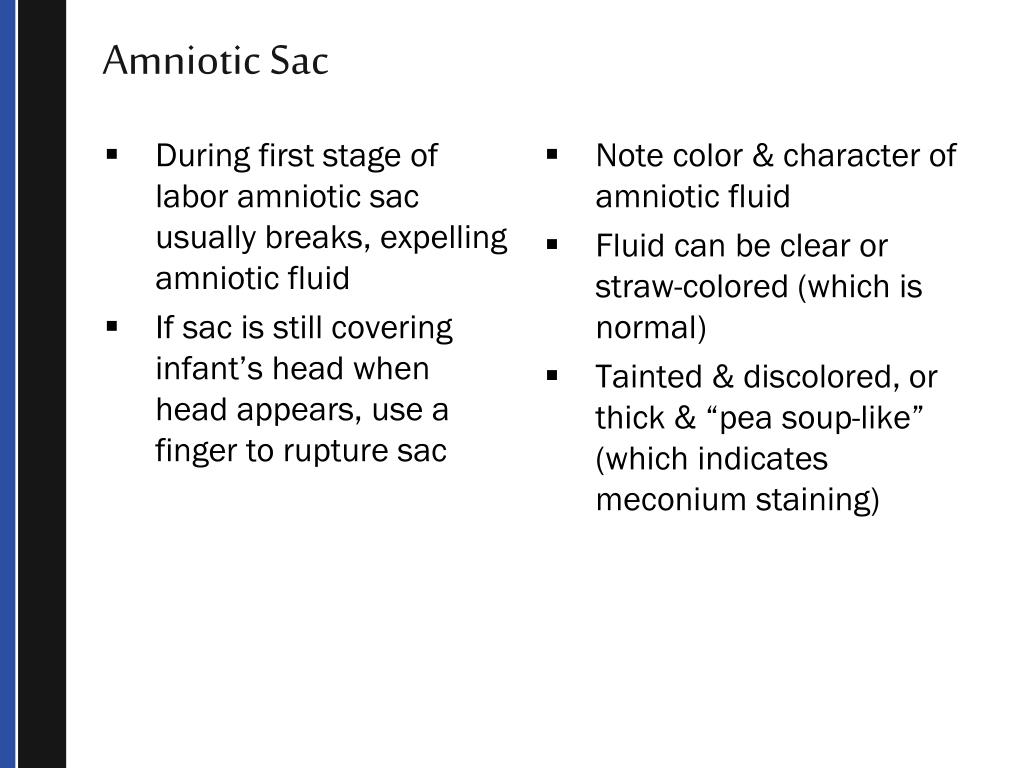
If you place it between your index finger and thumb, then move them apart, it stretches. To the touch, it will feel wet, sticky, and elastic. This is present closer to the time of ovulation.Įgg white - This may make your vagina feel slippery or a little watery. It may sit on top of the fabric on your underwear (not soak in). On your fingers, it may be sticky, pasty, or even crumbly. It may look slightly white or yellow, resembling glue.

Sticky - There is little or no feeling of fluid. This is typically what you will see right after your period. There is little or no appearance on your underwear. It is a small amount of fluid that evaporates quickly. Here are different types of cervical fluid that we will explore. The level or amount of fluid present beyond this baseline is considered cervical fluid. This is also the typical amount of vaginal discharge that you experience right after your period. Typically, this feels like nothing is really going on. The baseline of vaginal “wetness” is what your body makes on a daily basis to keep the vagina healthy and clean. What is cervical fluid? The easiest way to explain cervical fluid is to describe how it feels. Cervical fluid can also be referred to as vaginal discharge. Cervical fluid, made by the cervix, travels through the vaginal canal and exits through the vagina. Vaginal discharge is a general term that can be used to describe any fluid that comes out of your vagina. If you worry that you might be experiencing excessive cervical mucus or if your vaginal discharge changes in color, texture, or has a foul odor, talk to your health care provider for advice. When you notice this type of mucus, you might be able to determine the most fertile days of your cycle.Īfter ovulation, the amount of mucus declines and becomes thicker.

The appearance is clear and sticky, resembling egg whites. At this stage of your menstrual cycle, estrogen levels are increasing rapidly and causing the cervix to increase the amount of mucus that it is producing. This is a type of cervical fluid that is produced by the cervix just before ovulation occurs. As you approach ovulation, the mucus may appear creamier and white.ĭuring ovulation, egg-white cervical mucus is present. It might also look a little cloudy and is somewhat sticky. Immediately after your period, this can appear slightly red, yellow, or white. This would be your baseline amount and is almost “dry.” As you get several days past your period, you will see an increase in the amount of mucus when you look at your underwear or wipe. Post-menstruation cervical mucus is typically the least amount you will experience during your cycle. Throughout your menstrual cycle, the cervical mucus changes to support the possibility of conception. Estrogen is also responsible for some of the changes you see during your menstrual cycle. Mucus produced by the cervix is primarily controlled by the hormone estrogen.

Let’s take a look at the different types of cervical mucus and why we experience different types at different times. It can be helpful to know what your cervical mucus looks like during the different stages of your menstrual cycle, especially if you are trying to conceive.Ĭervical mucus plays a critical role in conception by eliminating abnormal sperm and protecting healthy sperm as they travel through the reproductive system to the egg. The fluid will change based on your menstrual cycle and if you are pregnant. Cervical mucus is a clear or gel-like fluid that is produced by the cervix.


 0 kommentar(er)
0 kommentar(er)
